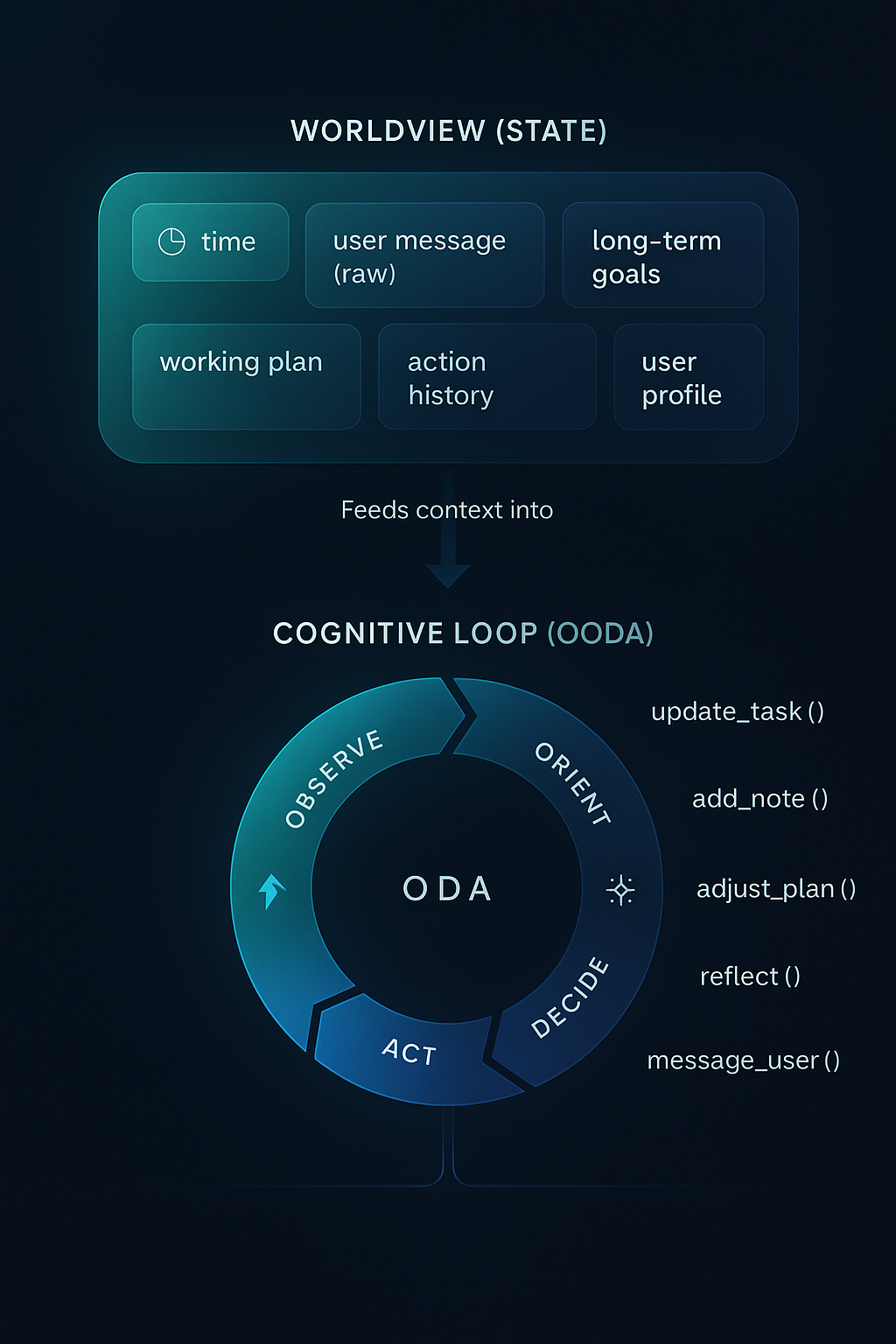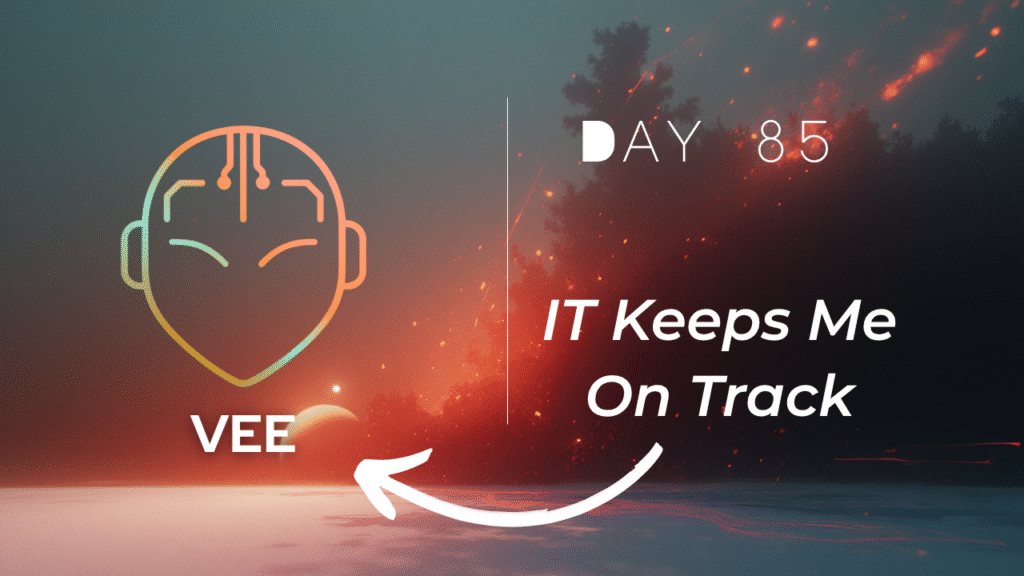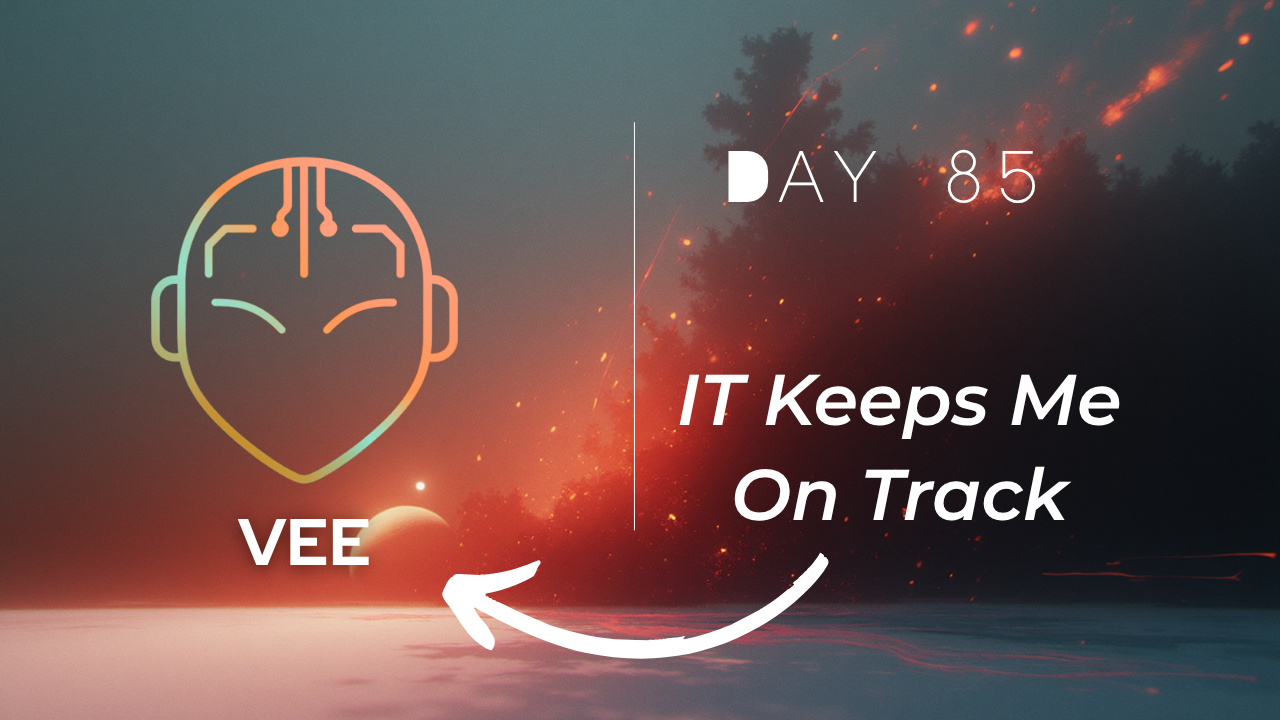Staying consistent has been brutally hard lately. I kept burning out, drifting, losing momentum.
The only thing I seemed to nail every day was writing a long todo list… and then never looking at it again.
So I had a simple thought:
What if the todo list came back to me … automatically … instead of waiting for me to return to it?
What if something could prioritize, organize, and reflect for me, while I just execute?
For that to work, it can’t be a normal app.
It needs to live where I live: inside a chat.
One long, continuous thread.Like talking to a friend on WhatsApp.
A partner who understands how I say things.
Captures what matters.
Never forgets.
Where Today’s AI Falls Short
If you try this on ChatGPT:
“I need to go to the gym at 7am. Also I’ve got a meeting tomorrow at 9am with Client ABC.”
It will probably be scheduled both as a Reminder. Great.
But now start a new session and say:
“I’m done with the gym.”
It has no idea what you’re talking about.
I needed an AI that can hold a meaningful conversation while capturing everything related to … tasks, goals, events, and all the messy in-between thoughts.
Something that tracks my progress.
Feels my workload.
Understands my patterns.
And helps me stay consistent without burning out.
Why Intent Prediction Isn’t Enough
After exploring agentic architectures for weeks, something became obvious:
Capturing the right information through conversation is sooooo much harder than I thought.
For example, to add a new task through conversation, a human might say “I need to go to the gym” or “I gotta hit the gym” or “add going to the gym task”.
Most of the existing workflows try to classify the user’s intent and then route accordingly.
But it’s almost impossible to predict human intention. Humans are too inconsistent and too unpredictable.
This means 99% of all workflows today will fail with conversational Agents.
If I want an AI that makes me consistent, it has to be consistent.
Which led to the real insight:
The solution isn’t prediction.
It’s autonomy.
Not “AI that answers questions.”
But “AI that thinks, decides, remembers, and acts.”
Autonomy requires four pillars:
a purpose
a constitution
a worldview (state)
a cognitive loop that thinks and chooses
This is where the architecture began to take shape.
What an Autonomous AI Partner Needs
As I built and rebuilt prototypes, I discovered the essential ingredients for an AI that can support real, long-term consistency:
1. A Worldview (State)
A sense of time, context, and continuity:
What time it is
What I said last
What it’s working on
My goals
My workload
Our full conversation history
A living memory.
2. A Constitution
A set of principles that constrain behavior:
User sovereignty — my goals and wellbeing come first
Favor small, sustainable steps
No burnout plans
Progress over perfection
This gives Vee something closer to a “guided will.”
3. A Cognitive Loop
Vee runs a continuous cycle:
Observe → Orient (Think) → Decide → Act
It can replan, continue, or stop — fully autonomously.
4. Tools (Agency)
I gave Vee a toolbox (Python functions):
add_taskupdate_tasksearch_taskadd_goaladd_notesearch_notes
But I never tell it when to use them.
It figures that out itself.
This is where autonomy stops being theory and becomes behavior.

Day 40: The Breakthrough
After 40+ days of refinement, I finally succeeded in building the core architecture of an autonomous Cognitive Architecture and also published my research. Find it here: https://risolto.co.uk/blog/i-think-i-just-solved-a-true-autonomy-meet-ooda-agents/
Then I applied the architecture to Vee.
This is when Vee stopped being a Chatbot.
Phase 1
The first phase is to make Vee able to hold a natural conversation while being able to recognize any commitment, notes, and store them into its DB.
I’ve been testing it for days … talking to it, watching how it updates the database, how it interprets my messages, how it manages my workload.
The reliability is shocking.
The accuracy is even better.
And the sense of partnership is… new.
This is the AI assistant I always needed but could never find.
Introducing Vee … my autonomous AI reflective partner.
Here’s what it looks like when Vee talks to me on Telegram.
What’s Next?
Right now, Vee is:
Autonomous in thinking
Autonomous in using tools
Autonomous in organizing
But still reactive .. it responds to you, not the other way around.
Next step: Vee learns to text me, remind me, nudge me, and keep me consistent even when I disappear.
Proactive autonomy is coming.




